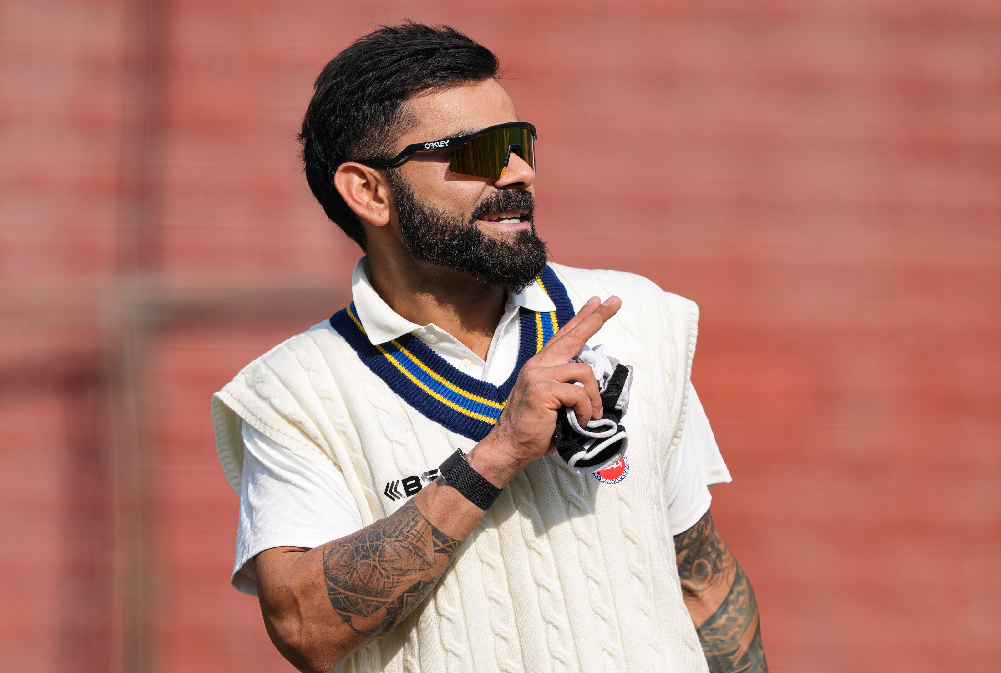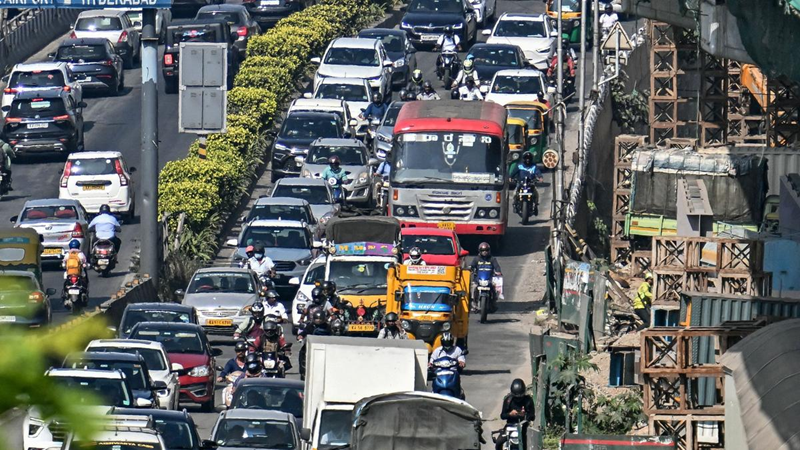
Address reservation issue afresh
Even as jobs in public sector are shrinking and opportunities in higher education are increasingly shifting towards private sector, the demands for reservation are assuming cacophonic proportions. Latest to join the bandwagon are the leaders of the Vokkaliga community who constitute 11% of the population in the state of Karnataka.
Though the latest demand has been voiced by a prominent mutt related to the community, it will not be a surprise if some political party finds in it an opportunity for garnering the support of the community at the hustings. With the Assembly election due within the next five months, there are bound to be more such demands from other social components. It is an undeniable fact that caste, and not much of ideology, provides the major axis for political mobilization in India.
In principle, all political parties profess their commitment to a casteless India. But when it comes to the brass tacks they are not keen to unhinge their affiliation to caste and communities. Hypocrisy, rampancy and all-pervasive nature of the phenomenon has led the sociologists to concede that reality of caste must be recognized and dealt accordingly. Reservation list is already crowded and shows little scope for taking in more of social categories.
The reservations for the scheduled castes and communities (SCs and STs) were introduced for ten years while framing the Constitution. Decennial extension of this provision is now routine and an uncontested feature of the Indian polity. The argument that it has benefitted only a few of the subgroups within the SCs, thereby the need to address deprivation of these groups, has not found many takers. It is a clear case of refusal to review the benefits accruing to the entire group as a whole and marking out the ones that have been left out. Ironically, the Bommai Government only hiked the reservation for the SCs from 15% to 17% and for STs from 3% to 7% through an ordinance on October 20.
It raises the reservations to 56% in the state, breaching the 50% cap put by the Supreme Court in the Indira Sawhney case. Political motivations are manifest from the ordinance route it adopted on the eve of the election. It is not certain if the future government would be bound by what has been committed by a former government. Significantly no opposition party had the guts and gumption to oppose the move being initiated at this juncture.
Fortunately, the 27% reservation for the Other Backward Communities delineated the provision for taking out the creamy layer and the system has so far worked well, although there has been competition to get into the OBC list by communities such as Jats, Gujjars, Panchamsali community within the Lingayath in Karnataka, Patidars in Gujarat and Marathas in Maharashtra. Socio-political domination of many such groups in the respective state flies in the face of virulence and vehemence of the demands raised and agitations launched from time to time.
Given the limited scope of public sector employment and increasing contractualisation of jobs and services, it is apparent that no amount of reservations can satisfy the communities aspiring for it. It is the Indian State which is the culprit by failing to ensure quality education to the children regardless of caste and community. Over the last 75 years the schooling has assumed the contours of social and caste hierarchy and leaves behind millions from the historically deprived groups who would have otherwise moved up the ladder. It is therefore imperative that the question of reservations is addressed afresh in the light of changed realities.
 English daily published in Bengaluru & Doha
English daily published in Bengaluru & Doha






